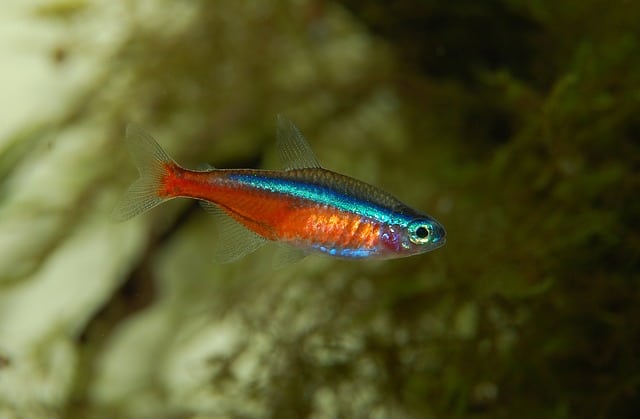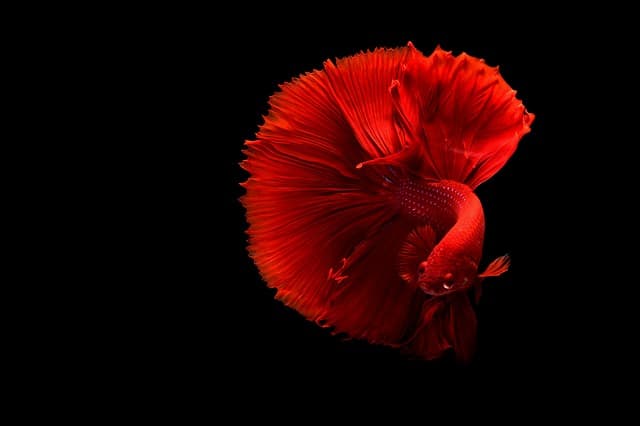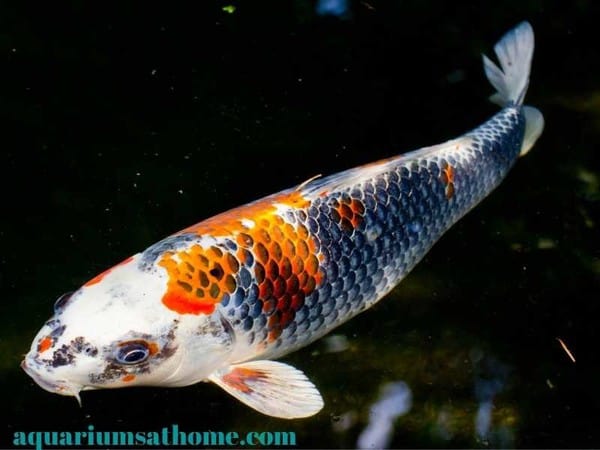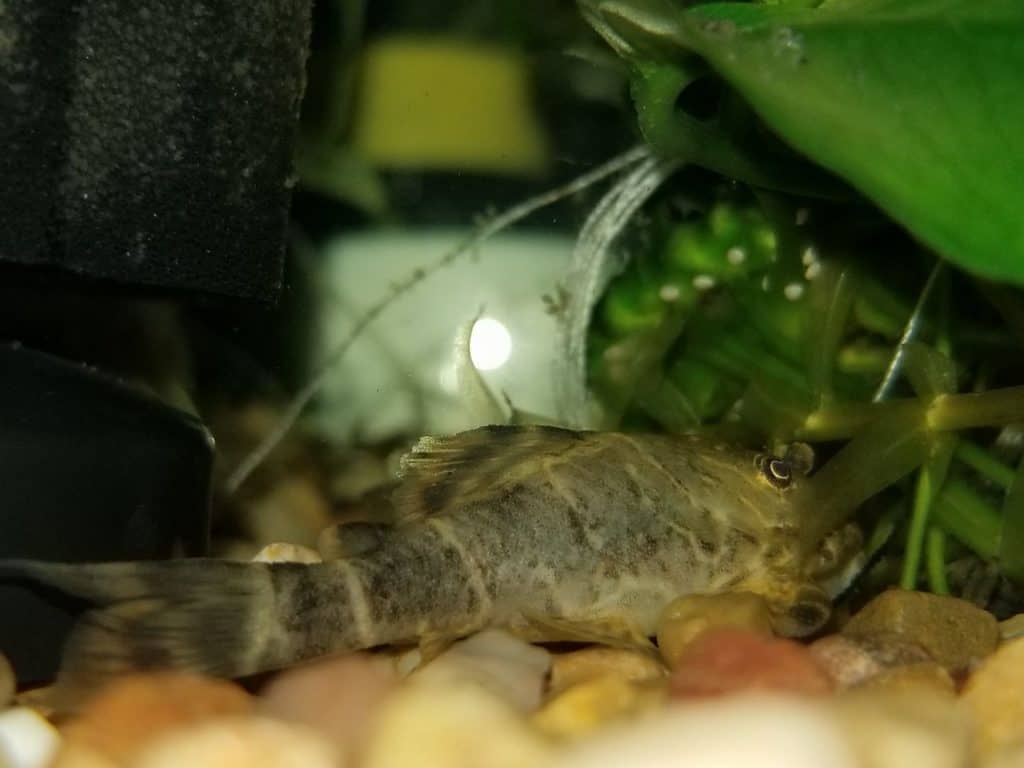Cichlids are a type of tropical fish found primarily in freshwater lakes in Africa and Asia. Their active nature and bright coloring make them highly sought after in the aquarist trade. If you have cichlids and notice their color starting to change, you may be wondering what’s causing it?
The 5 main reasons why cichlids in captivity change color include: sexual maturity; social status; sickness or stress; environmental changes, and genetics. Some of these changes are natural and of no cause for concern whereas others are detrimental to fish health and need to be rectified immediately.
Now that you know the reasons for cichlid fish changes in appearance, let’s explore this topic further. Together we’ll examine each cause in detail and determine how to correct the problem (if need be). We’ll also learn why cichlids turn black or white and what to do to keep them looking bright and healthy.
So, if you’re ready to learn more about the significance of cichlid fish coloring, then let’s get started!
Why do Cichlids in Captivity Change Color?
There are 5 main reasons why cichlid fish in captivity change color. These include the following:
Sexual Maturity
Cichlid fish, especially males, will change color to signify a readiness to mate. Within a year of hatching, cichlids begin to ‘color up’ when it’s time to start to breeding. They’re vivid hues are designed to attract female attention and encourage them to spawn.
Social Status
Cichlid males will ‘color up’ to assert dominance over other males. The biggest, brightest fish becomes the alpha, earning him the right to breed with the females. As the dominant male, he’ll fight vigorously (even to the death) to defend his breeding grounds.
Sickness and/or Stress
Cichlids will change color when anxious or ill. A poor diet, incompatible tankmates, and/or disease will cause these fish to lose their once vivid appearance, making them appear dark. It’s imperative that the stressors are eradicated quickly to prevent premature death.
Changes in Environment
Cichlids are highly sensitive to fluctuations in their surroundings. Overcrowding, lack of hiding places, and poor water conditions will all cause tension in the tank. As a result, these fish will change from bright and colorful to dull and lifeless.
Advancing Age
Cichlids will change color due to genetics. Depending on the species, developmental changes will cause juveniles to start out looking bright and then fade naturally as they mature. This is also true for adults once they approach the end of their lifespan.
*it’s important to be aware that changes in coloration aren’t always a bad thing. Some lightening or darkening is natural in captivity and not a symptom of anxiety or disease. If your fish are otherwise active and eating regularly, then there be no need to worry.
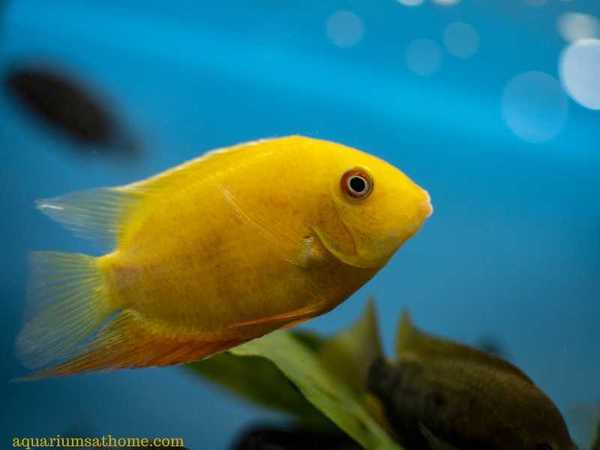
What is the Significance of Cichlid Fish Coloring?
Physical appearance is key to determining not only the health but also the age and gender of your cichlid fish. Vibrant colors of blue, red, and yellow are indicative of males. The boldest of which become the alpha and earn the right to mate with the females. Coloring fading or darkening is typically a sign of advancing age though it could also signify stress and/or sickness.
Why did My Yellow Cichlid Turn Black?
An electric yellow cichlid will ‘turn black’ naturally. In essence, the black bars are a genetic trait inherent to this fish but has been bred-out by aquarists over the years. However, if your yellow cichlid is turning all black, it could be a sign of illness such as ammonia poisoning and must be treated promptly. Lower the pH level in tank, do a 50% water change, and administer antibiotic medication to the ailing fish.
Why did My Blue Cichlid Turn White?
An electric blue cichlid may start to turn white’ if sick or stressed. Bullying by other fish, lack of oxygen in the tank, or advancing age are all possible culprits for this change in coloration. If your fish is lethargic, refusing food, or hiding out more than usual, it’s likely ill and could be near death. If your fish remains active and is eating regularly, then the change in color may temporary and likely no cause for concern.
Why are Cichlid Males More Colorful than Females?
Cichlids, especially those of the African variety, are sexually dimorphic. This means that the males are vividly colored in shades of blue, red, and yellow whereas the females appear more subdued in varying shades of grey. This difference in coloration is not only vital to the breeding process but also necessary for keeping the females in the colony safe.
At What Age do Cichlids Color Up?
Cichlids begin to develop their coloring within the first 2 weeks of hatching. Depending on the species and sex of the fish, they usually reach full coloration anywhere from 6 months to 2 years of age. Tank conditions and diet can also determine the degree in which cichlid fish color up. To learn more about enhancing cichlid fish coloring, please see below under: How to Keep Cichlid Fish Looking Colorful?
How to Keep Cichlid Fish Looking Colorful?
To keep cichlid looking bright and healthy, consider the following:
Upgrading Your Tank and Its Equipment
Since water conditions greatly impact fish coloring, making sure you have a large enough tank for your cichlids is imperative. A high-quality filter and heater are a must. An aquarium light with a full RGB spectrum will bring out the vivid colors of your cichlid fish without promoting algae growth.
Doing Weekly Water Changes
Cichlids are sensitive to changes in water parameters, especially pH levels. To keep your fish looking bright, do partial water changes (15%) once a week to keep the tank clean and safe. Bi-weekly substrate cleanings with a siphon and removal of algae from tank walls with a scrubber are also recommended.
Feeding Fish Color-Enhancing Food
Feeding your cichlids color-enhancing food such as spirulina and specialized fish flakes/pellets will help keep your aquatic pets looking bright and healthy. Green seaweed brings out green and blue hues while red seaweed enhances red and orange. Meaty foods like krill will make yellow shades pop with life!
Stocking the Aquarium with Compatible Tankmates
Since stress is a leading cause of fish color fading in cichlids, stocking their tank with suitable tankmates is key. Bullying and lack of hiding places will increase fish anxiety and affect them physically by dulling or darkening their once vibrant hues.
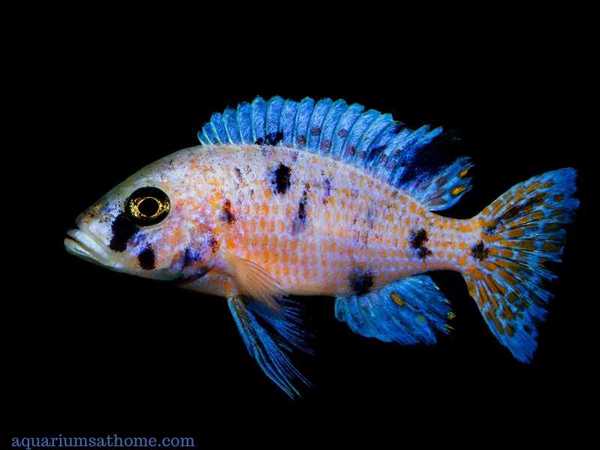
Treating Illness Quickly and Completely
Disease is one of the main reasons why cichlid fish turn black or white. Ammonia poisoning and parasitic infections like ‘ick’ will make fish change color as well as affect their mobility. Lethargy, loss of appetite and hiding out are all signs that shouldn’t be ignored.
Final Thoughts
To conclude, the 5 main reasons for why cichlid fish in captivity change color include: sexual maturity; social status; sickness or stress; environmental changes, and genetics. While most of these changes are natural and of no cause for concern, others can affect fish longevity and must be eradicated swiftly.
I trust this article has been of help to you. Thanks for reading and good luck with your aquarist hobby!
Recommended Posts
How to Bring Out Color in Cichlids
Cichlids for a Planted Tank (Which Ones are Best?)
How to Enhance Fish Color [In your Aquarium]
Best aquarium lighting for fish color [it’s easier than you think]



